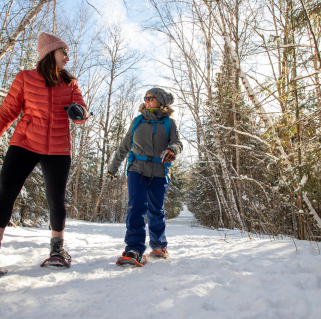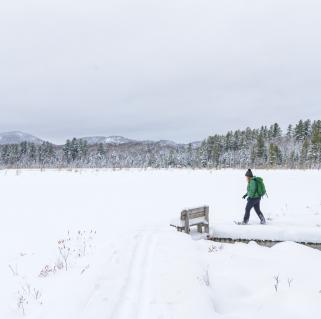Alan Belford
May 22, 2017
A changing landscape
Spring is an amazing time of transition in the Saranac Lake Region of the Adirondacks. For the past few weeks Wren and I have been exploring it on our daily – and often twice daily – walks, monitoring the changes as they’ve been happening. Even as the woods remained filled with snow, the indications of spring were everywhere. Here are a few highlights of our April and early-May spring birding adventures.
It started with warming, sunny days and cracks in the lake ice in places like Lake Flower and Lake Colby. I was still cross-country skiing regularly – you have to go spring skiing as long into the season as you can – but the lakes were opening more and more each day and migrating ducks found them almost immediately. Suddenly the Bald Eagles incubating on their nest on the back side of Lake Colby had company.
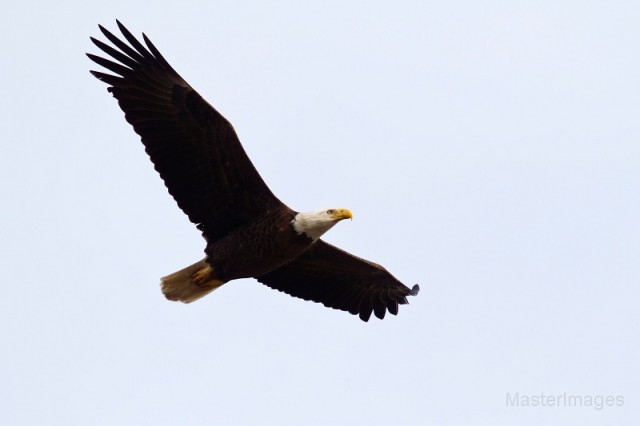
Ducks-a-plenty
I quickly made a nice list of ducks including Ring-necked, Bufflehead, Mallard, American Black, Common Merganser, and Hooded Merganser, all of which I see routinely during the season. In addition, I’ve been finding species less commonly found in the middle of the Adirondacks. These include two sightings of Gadwall – both on the Saranac Lake High School Pond and Lake Flower.
Then someone emailed me that they had seen three American Wigeon on the high school pond and sure enough when Wren and I went out that afternoon we found one of them swimming with the Mallards in the rain. And then there was a pair of Green-winged Teal at Lake Colby, joining consistent numbers of Ring-necked Ducks and Bufflehead – the sort of daily surprise which makes spring birding so much fun.
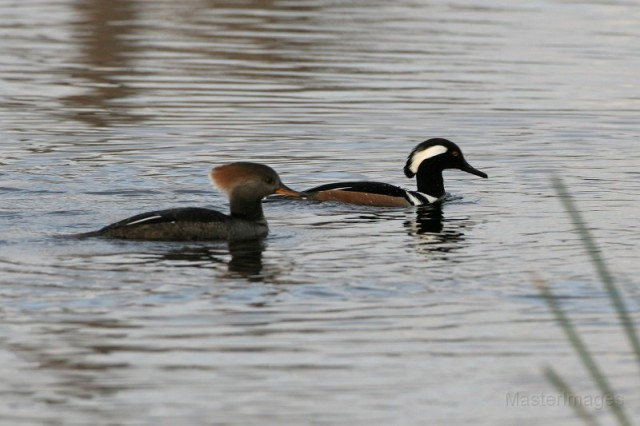
A long list of new arrivals
And our walks along the railroad tracks have been good for songbirds too. Some of these were lingering wintering species, heading north for the summer. In this way I found a Snow Bunting, a small group of Horned Larks which included a Lapland Longspur, American Tree Sparrows, American Pipits, Pine Siskins, and small groups of Bohemian Waxwings feeding on ornamental fruit trees in town. Most of these are now gone, and in their wake have come others.
While Song Sparrows, Red-winged Blackbirds, and Common Grackles have been around for weeks, Eastern Phoebes, Chipping Sparrows, and Fox Sparrows have arrived more recently and I love hearing them singing in the neighborhood and as I walk along Lake Colby. I always keep a few White-throated Sparrows at my yard all winter, but their numbers are now growing. Their music is mixed with that of the Brown Creepers and White-breasted Nuthatches which spent the entire winter in the area, only to regain their songs as our days lengthened.

This week has brought with it even warmer temperatures and Eastern Bluebird, Red-shouldered Hawk, Osprey, American Kestrel, American Woodcock, Purple Finch, Northern Flicker, Yellow-bellied Sapsucker, Swamp Sparrow, and an increasing number of Great Blue Herons to show for it. I’ve also noted both a Red-bellied Woodpecker and a Tufted Titmouse, neither of which is easy to find in the middle of the Adirondacks (although they are common elsewhere), and the birds are likely moving north and were perhaps caught up in the commotion of other birds as spring is bursting – or perhaps dripping and sloshing – onto the landscape.
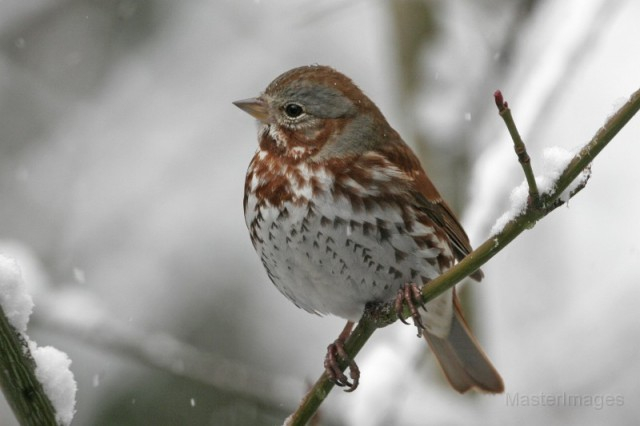
Perhaps even more exciting, on one of our walks Wren and I found two singing male Rusty Blackbirds, a species of growing conservation concern which breeds in small pockets of boreal habitat in the Adirondacks.
And as much as I love birds, I can’t leave out the joy I felt when I heard my first wood frogs and spotted my first basking painted turtle either. We also found migrating Ruby-crowned Kinglets and our first warblers of the year, with both Palm and Yellow-rumped Warblers singing during our walks along Lake Colby, and a Pine Warbler singing elsewhere. They are all foreshadowing the colorful pageant of warblers and other species which is coming. And the anticipation it builds is invigorating.

For as exciting as the height of spring migration can be, the expectation of what each day brings in the early portion of the season is incredible – as oddities and late winter dawdlers can still be found as the regular breeders come to take their place in the anthem of the Adirondack spring. One of these species added its voice this afternoon as the rain came and Wren and I turned from the lake to head home. It was then that I heard one of my favorite sounds of all – our first returning Common Loon of the season.
Spring is a cool time to visit for your warm weather birding getaway to the Saranac Lake Region. Check out our lodging, dining, and outdoor recreation pages to learn more.
Mark your calendars and plan to join us for the Great Adirondack Birding Festival from May 30 - June 1, 2025. Read more about this event!

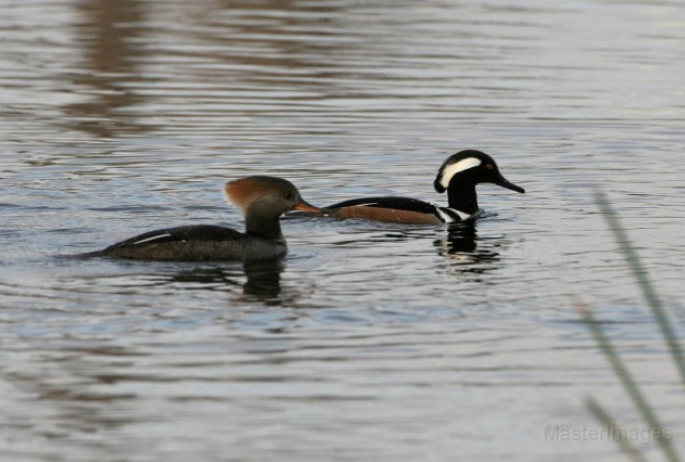
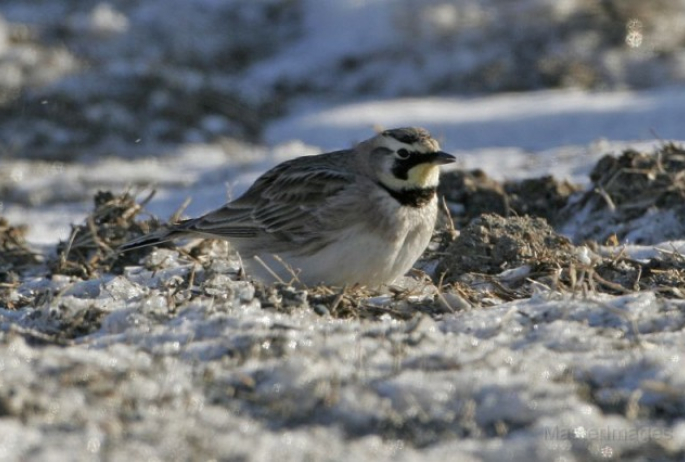

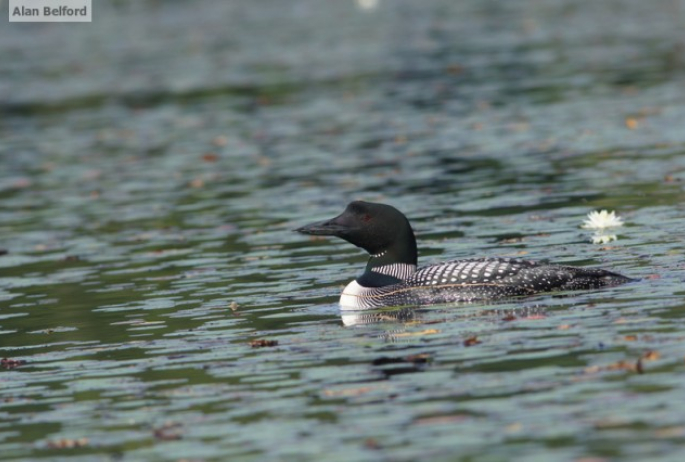
Packages and Promotions
Valid Jan. 16
- Mar. 31
Valid Jan. 16
- Mar. 31
Hotel Saranac Ski & Stay Package
Hotel Saranac
Stay & Ski Package Stay at Hotel Saranac and Ski Titus Mountain Day or Night Package Your room reservation includes one adult lift ticket....
Valid Jan. 21
- Mar. 31
Valid Jan. 21
- Mar. 31
Titus Mountain Ski Package
Voco Saranac Lake
Enjoy your stay at the award winning voco Saranac Lake which includes two adult lift tickets at Titus Mountain Family Ski Center. Additional...
Valid Jan. 16
- Mar. 31
Valid Jan. 16
- Mar. 31
Hotel Saranac Sled & Spoke Package
Hotel Saranac
Snowmobile Package Hotel Saranac and Sara-Placid Sled & Spoke have partnered so you and a guest can explore dozens of miles of ADK snowmobile...
Valid May. 1
- Oct. 31
Valid Dec. 6
- Nov. 1
Zip and Whip Expedition
Farmhouse UTVs
Experience Outdoors and Farmhouse UTVs have teamed up to bring your family and friends the Adirondack adventure you've been waiting for....
Valid Jan. 21
- Jan. 21
Valid Jan. 21
- Jan. 21
Pet Getaway
Voco Saranac Lake
Your dog deserves an Adirondack getaway too. Book our pet friendly hotel near Lake Placid welcomes every member of your crew. Book our Pet Package...
Valid Jan. 21
- Jan. 21
Valid Jan. 21
- Jan. 21
Stay and Dine
Voco Saranac Lake
Receive a 50 dollar credit per stay to use in our Boathouse Saranac Lake Pub. Enjoy an exceptional dining experience with unparalleled views great...
Valid Jun. 20
- Sep. 7
Valid Mar. 12
- Jun. 30
Guided Nature Immersions - 10% off for Pre-Season Registration
Adirondack Riverwalking & Forest Bathing
Picture it now...you are wading the Ausable River on a warm summer day, feel the cool water against you, hear the sounds of the birds and the...

